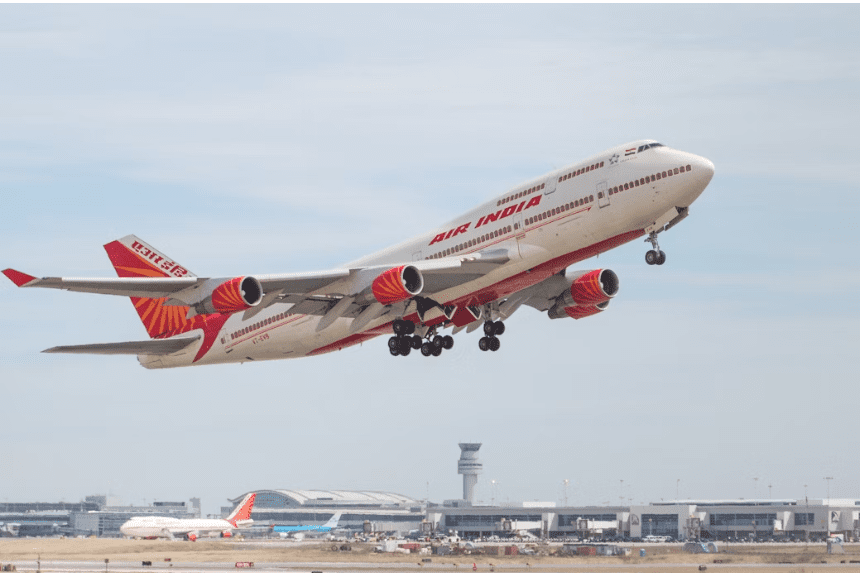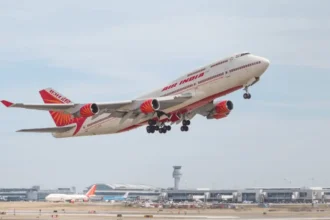Families of four victims who lost their lives in the tragic Air India, including Boeing 787 aircraft, have initiated legal action in the United States. The case filed in the US court, aircraft manufacturer Boeing and aerospace technology firm Honeywell accuse Honeywell of negligence and product design flaws, which allegedly contributed to the fatal accident.
The incident occurred in June, when the Air India Flight 171 crashed immediately after takeoff from Ahmedabad N Marg to London Gatwick. As a result of the accident, 260 people were fatal, including passengers, crew members, and individuals on the ground. The plaintiff alleges that the faulty fuel control switch caused the sudden loss of the engine, to caused the disaster.
This legal battle may have far-reaching implications for global aviation safety, regulatory inspection, and corporate accountability.
What Caused the Crash of Air India Flight 171?
According to a preliminary investigation by the Bureau of Aircraft Accident Investigation (AAIB) of India, the engine lost electrical power moments after takeoff due to the accidental movement of a fuel switch. The switch was reportedly moved from “run” to “cut-off” position, which immediately stopped fuel flow in the engines.
The case alleges that the component was dangerously designed. It claims that Boeing and Honeywell knew the risk but failed to take adequate corrective action. The families of the victims cite the 2018 advisory from the US Federal Aviation Administration (FAA), which recommended, but did not compulsory, the orders of the switch’s locking mechanism.
According to the trial, this recommendation was insufficient to prevent foreseeable and preventable losses. Here is the link to our article on the Deportee Bus Crash.
Why Are Boeing and Honeywell Being Sued?
Families argue that both Boeing and Honeywell were aware of the defect in the fuel control system long before the Air India accident. Despite this knowledge, they accuse the company of neither issuing a compulsory warning nor providing replacement components to fix the faulty design.
The plaintiff airline criticizes companies for relying on a non-negotiable advisor rather than strong guidance or corrective parts. In his view, companies preferred the cost of passenger safety.
A complaint was lodged with the support of a Texas-based law firm, expected in high-profile aviation litigation.
How Are Aviation Authorities Responding?
While the FAA has publicly stated that Boeing’s fuel switch meets safety standards, the situation has renewed on non-individual advice. Regulators and security experts worldwide are now re-evaluating whether alternative compliance provides adequate protection in important systems.
In India, Aaib leads a formal investigation. A final report with decisive findings is expected by 2026. Till then, the initial data will guide both legal proceedings and regulatory discussions. Here is the link to our article on the Kenya Medical Crash.
What Happens Next in the Legal Process?
The lawsuit marks the beginning of a long-term legal and regulatory review. This can make more inquiries in Boeing and Honeywell responsibilities, not only about this accident, but also about the aviation risks and managed.
The case may also inspire the airlines globally to -reassure security checks related to fuel switch mechanisms and cockpit components – especially in Boeing 787 aircraft.
Families of the victims are demanding compensation, public accountability, and industry-wide changes to prevent similar tragedies.
Final Thoughts
The Air India Crash has raised concerns about the aircraft design, corporate accountability, and aviation overseas. As the investigation comes out and legal action increases, global aviation stakeholders should act with transparency and urgency. The tragedy underlines the significant importance of active safety measures, not only to advise on protecting life.








